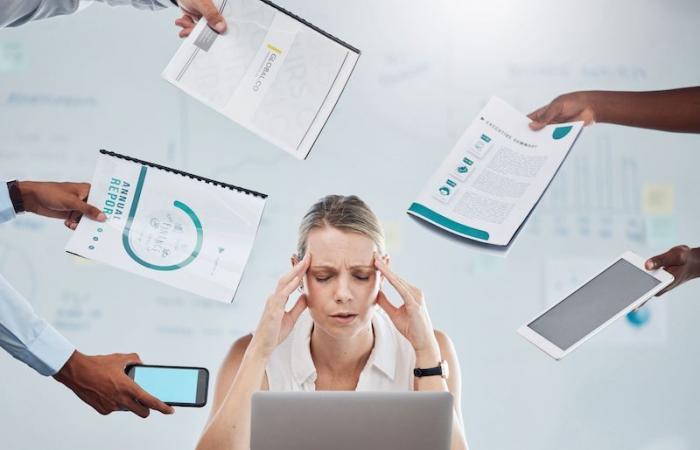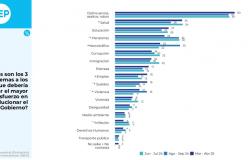- This disorder has serious repercussions on the child’s life that can be translated from cognitive -20% of school failure is due to ADHD -to social difficulties.
- Its treatment must be individualized and multimodal and include the coordinated participation of doctors, therapists, teachers and parents.
ADHD (Attentional Deficit Disorder and Hyperactivity) is a behavioral disorder and emotions of usual beginning in childhood and adolescence, which manifests itself in at least 2 areas of life: academic and family – social.
From the Industrial Association of Pharmaceutical Laboratories Ag (Asilfa), they explain that it should be taken into account that this disorder can be manifested along with other comorbidities, which must also be treated. That is why “the therapeutic approach of ADHD must ideally be within a multimodal and individualized treatment plan, which includes three main parts: psycho-educational and behavioral management; academic support; and pharmacological treatment, so it must also include the coordinated participation of doctors, therapists, teachers and parents,” says Patricio Huechuñuñe, executive vice president of Asilfa.
“Pharmacological treatment is aimed at the control of nuclear symptoms (lack of attention, hyperactivity and impulsivity), and the psychological and psychopedagogical focuses on the problems of behavior and learning consequence of these symptoms, their goal is to help the patient and his family to handle nuclear symptoms, increase self -control, improve socialization and manage the frustration they feel,” he adds.
Use of drugs myths and truths
If we consider that it is a high impact disorder on the lives of the people who suffer from it, it is relevant to know and understand the high value of a complementary and early approach. “In most cases, medications used for ADHD treatment are safe and effective in relieving symptoms due to care deficit and hyperactivity, as well as to improve the patient’s quality of life and their environment. If there are secondary effects, they are minors and it is recommended to consult the treating doctor, ”they recommend from Asilfa.
-In relation to medicines there are first choice or called psychostimulants, of which the most used is methylphenidate, which has been available in the world since 1954 with different brands and presentations. The most recent drug that has demonstrated high efficacy and safety in children and adults, with broad scientific support, is lisdexanfetamine, in different presentations ranging from 10 to 80 mg. In Chile, presentations of 20, 30, 50 and 70 mg are currently available. Among non -psychostimulant treatments is atomoxetine, which is not available in the country.
“Periodic monitoring is very important to see the evolution, the efficacy of the drug, the possible side effects and achieve a better therapeutic success,” adds Patricio Huenchuñuñeñe.
Impact beyond the school environment
It is usually thought that those who suffer from ADHD, mainly children, the older or even unique impact of this disorder lies in the school environment, due to the difficulties of concentration and organization that implies a neurodivering brain. However, and explains the executive vice president of Asilfa, “it is increasingly frequent that ADHD is considered as a problem that covers all areas of the child’s work, beyond school reality.”
“Although its early detection increases the chances of success and reduces the long -term negative impact, there are still barriers that delay their detection and treatment. There are different false beliefs that do not help patients, or their families,” he concludes.






